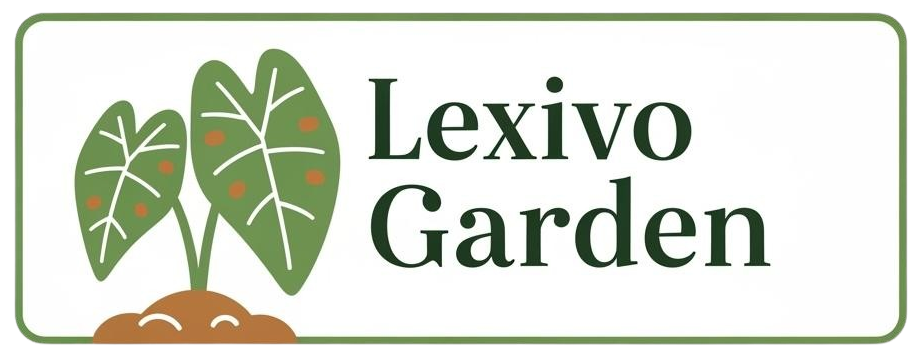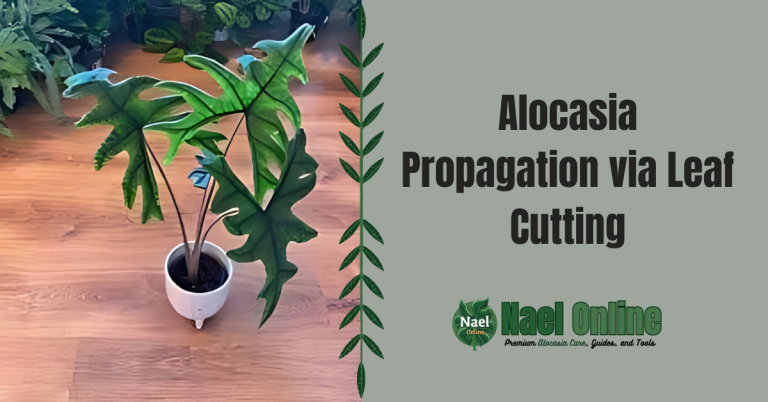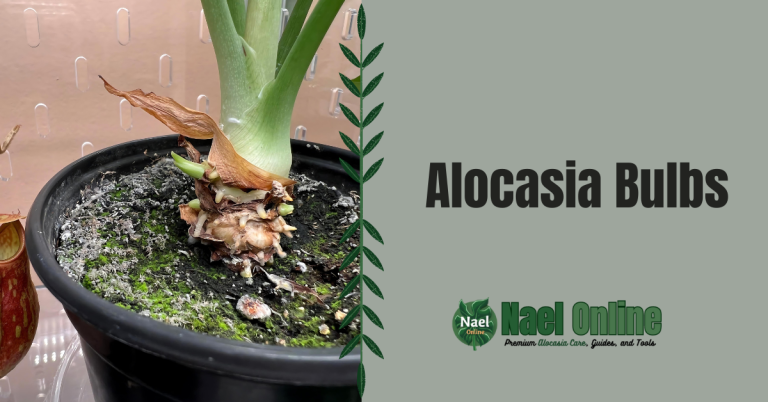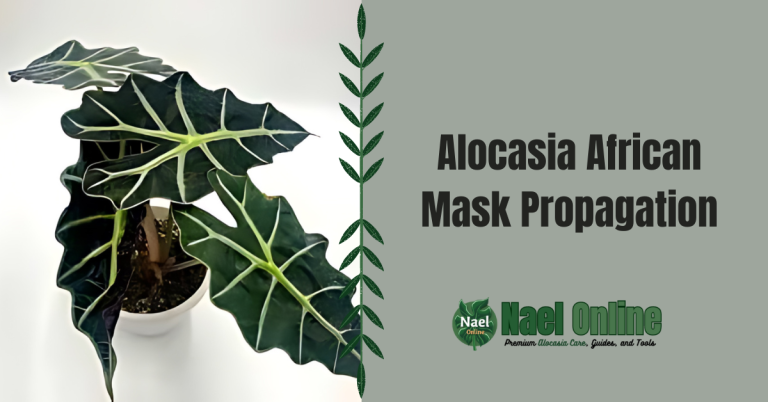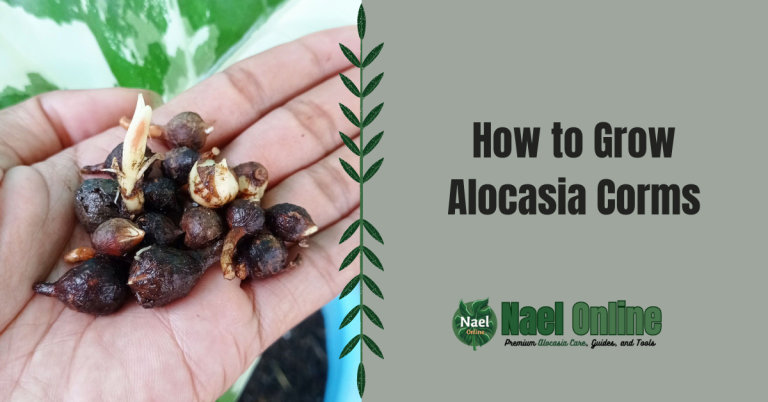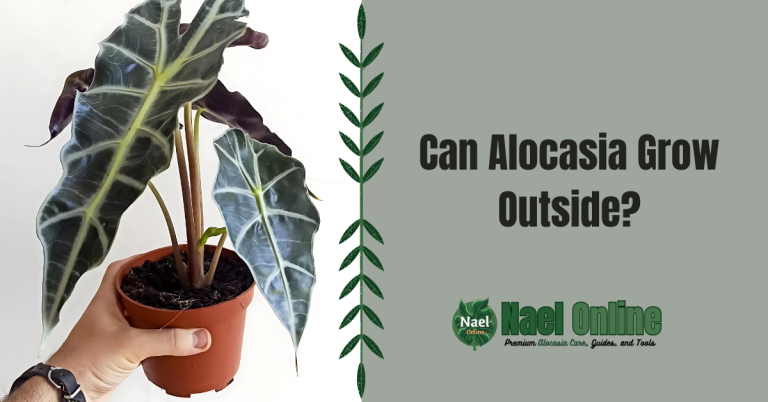Alocasia Not Growing? Here’s Your Rescue Guide!

G’day, plant lovers! Lucas William here, your Alocasia whisperer from Down Under. For over a decade, I’ve been nurturing these green beauties in my Fishers Hill home, and I’ve seen my fair share of growth hiccups. Today, I’m here to help you solve the puzzle of your alocasia not growing. Stick around, and we’ll get your plant thriving in no time!
Before we dive in, if you’re in need of some top-notch plant care tools to give your Alocasia a boost, hop over to our Lexivo shop. We’ve got everything from perfect pots to fantastic fertilizers. Now, let’s get to the root of the problem!
The Alocasia Growth Cycle: What’s Normal?
First things first, let’s talk about what’s normal for Alocasias. These plants aren’t your typical steady growers. They have growth spurts followed by periods of dormancy. So, if your alocasia’s not growing, it might just be taking a well-deserved nap!
Growth Patterns to Expect:
- Active growth in spring and summer
- Slowed or halted growth in fall and winter
- New leaf emergence every 4-6 weeks during active growth
But if it’s been months since you’ve seen a new leaf, and it’s not winter, we might have a problem on our hands. Let’s dig deeper!
Common Reasons Your Alocasia’s Not Growing
In my years of experience, I’ve found several culprits behind an alocasia not growing. Let’s break them down:
1. Lighting Issues: Too Much or Too Little?
Alocasias are fussy about light. Too little, and they’ll sulk. Too much, and they’ll burn. Here’s what you need to know:
- Ideal light: Bright, indirect light
- Signs of too little light: Leggy growth, small leaves
- Signs of too much light: Scorched leaves, yellowing
Pro tip: An east-facing window is often perfect for Alocasias. If you’re using a south or west-facing window, diffuse the light with a sheer curtain.
2. Watering Woes: The Goldilocks Zone
When it comes to watering, Alocasias are like Goldilocks – they want it just right. Here’s the scoop:
- Ideal watering: Keep soil consistently moist but not waterlogged
- Signs of underwatering: Drooping leaves, crispy edges
- Signs of overwatering: Yellowing leaves, mushy stems
I water my Alocasias when the top inch of soil feels dry. In summer, this might mean watering twice a week, while in winter, once a week or less might suffice.
3. Humidity Hurdles: Are You Dry or Damp?
Alocasias love humidity. If your home is as dry as the Outback, your plant might be struggling. Here’s what you need to know:
- Ideal humidity: 60-80%
- Signs of low humidity: Crispy leaf edges, curling leaves
Try grouping plants together, using a pebble tray, or investing in a humidifier to boost moisture levels.
4. Temperature Troubles: Too Hot or Too Cold?
Alocasias are tropical plants that like it warm, but not too hot. Here’s the ideal range:
- Perfect temperature: 65-80°F (18-27°C)
- Signs of cold stress: Drooping leaves, slow growth
- Signs of heat stress: Wilting, even with moist soil
Avoid placing your Alocasia near drafty windows or heating vents.
If your alocasia’s not growing, it’s crucial to consider these factors. Often, it’s a combination of issues rather than just one culprit. Let’s look at some more potential problems.
Nutrient Deficiencies: Is Your Alocasia Hungry?

Sometimes, an alocasia not growing is simply because it’s not getting the nutrients it needs. Here’s what you need to know:
- Fertilize monthly during the growing season (spring and summer)
- Use a balanced, water-soluble fertilizer diluted to half strength
- Signs of nutrient deficiency: Yellowing leaves, stunted growth
Soil Matters: Is Your Alocasia’s Home Comfy?
The right soil can make all the difference. Alocasias like well-draining, rich soil. Here’s my go-to mix:
- 2 parts good quality potting soil
- 1 part perlite
- 1 part orchid bark
This mix provides excellent drainage while retaining enough moisture.
Pests and Diseases: Uninvited Guests
Sometimes, your alocasia’s not growing because it’s fighting off pests or diseases. Here are some common culprits:
- Spider mites: Tiny pests that cause stippling on leaves
- Mealybugs: White, cottony pests that suck plant sap
- Root rot: Caused by overwatering, leads to mushy stems and yellowing leaves
Regular inspection and prompt treatment are key to keeping your Alocasia healthy.
The Alocasia Care Cheat Sheet
Here’s a quick reference guide to keep your Alocasia happy and growing:
| Factor | Requirement |
|---|---|
| Light | Bright, indirect light |
| Water | Keep soil consistently moist |
| Humidity | 60-80% |
| Temperature | 65-80°F (18-27°C) |
| Soil | Well-draining, rich mix |
| Fertilizer | Monthly during growing season |
Troubleshooting: What to Do When Your Alocasia’s Not Growing
If you’ve checked all the basics and your alocasia’s still not growing, here are some steps to take:
- Check the roots: Gently remove the plant from its pot and inspect the roots. Healthy roots should be firm and white or light tan.
- Prune and clean: Remove any dead or yellowing leaves to encourage new growth.
- Repot if necessary: If the plant is rootbound or the soil is compacted, repotting can give it a fresh start.
- Boost humidity: Try placing a clear plastic bag over the plant for a few days to create a mini greenhouse effect.
- Be patient: Sometimes, Alocasias just need time. Provide consistent care and watch for signs of new growth.
FAQs: Your Burning Questions Answered
Q: How long does it take for Alocasia to grow new leaves?
A: During active growth, Alocasias typically produce a new leaf every 4-6 weeks.
Q: Should I cut off old Alocasia leaves?
A: Yes, remove yellowing or dead leaves to encourage new growth and prevent disease.
Q: Why is my Alocasia growing so slowly?
A: Slow growth can be due to insufficient light, low humidity, or cool temperatures. It’s also normal for growth to slow in fall and winter.
Q: Can Alocasia recover from overwatering?
A: Yes, if caught early. Remove the plant from wet soil, trim any rotted roots, and repot in fresh, well-draining soil.
Wrapping Up: Your Alocasia Growth Journey
Remember, every plant parent faces challenges. If your alocasia’s not growing, don’t lose heart! With patience, care, and the right techniques, you’ll soon see those beautiful new leaves unfurling.
Ready to give your Alocasia the boost it needs? Check out our selection of top-quality pots, pruning shears, and specialized fertilizers at Lexivo. We’ve got everything you need to set your Alocasia up for success.
Keep in mind that every plant is unique. What works for one Alocasia might not work for another. The key is to observe your plant closely, adjust your care as needed, and enjoy the process of helping your green friend thrive.
Got questions about your alocasia not growing? Drop a comment below or reach out to us at naelonline@gmail.com. Happy growing, mates!
